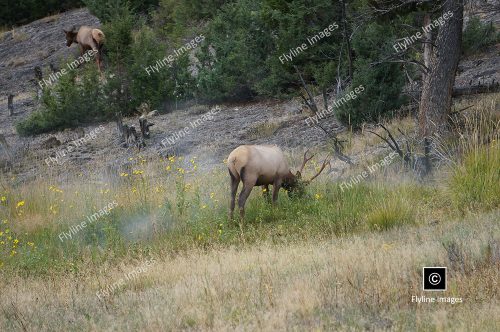Black Bear Mother & Cub
Black Bear Mother & Cub
$5.00
Description
Purchase this photo for your use. The photo of a black bear mom and cub was taken in the north Georgia mountains.
Image & Download Information
For this product, we have provided 3 image size options, Large 4000 x 2500, Medium 2000 x 1250 and Small 1000 x 625. When you purchase this photo, you will receive an email confirmation of your order. That email will summarize your purchase and provide you with the download links for the images and videos you purchased.
MORE ABOUT THIS PHOTO
The Black Bears in the Burnt Mountain area of North Georgia are a notable part of the region’s wildlife, thriving in the dense forests and rugged landscapes that characterize this part of the Appalachians. These American Black Bears (Ursus americanus) are primarily omnivorous, their diet consisting of berries, nuts, fruits, insects, and occasionally small mammals, adapting seasonally to the available resources. The Burnt Mountain region provides an ideal habitat for these bears, offering abundant food, water, and shelter that contribute to their survival and growth. Despite their somewhat solitary nature, these animals play a crucial role in the ecosystem, helping to control insect populations and disperse seeds through their foraging activities. Encounters with humans are relatively rare, as black bears are generally reclusive creatures, but the increasing interest in outdoor activities and residential development in these areas underscores the importance of promoting awareness and strategies for coexistence.
The presence of black bears in the Burnt Mountain area is a testament to the resilience and adaptability of these animals, as well as the importance of preserving and protecting their habitat. The dense forests provide ample cover for them to hide and rest, while the availability of various food sources ensures their survival. However, this balance can be disrupted by human activities such as logging, hunting, and development. As such, it is crucial to manage the growth and expansion of human communities in this area carefully, taking into consideration the needs of wildlife like black bears.
One particular threat to the black bear population in North Georgia is habitat fragmentation, where natural habitats are broken up by roads, buildings, and other forms of development. These isolated patches can make it difficult for bears to find suitable food, water, and shelter, as well as limit their ability to move freely and establish territories. Habitat fragmentation also increases the risk of human-bear conflicts, as bears may wander into residential areas in search of food or shelter. To mitigate these issues, conservation efforts should focus on preserving and connecting existing bear habitats and minimizing further fragmentation.





